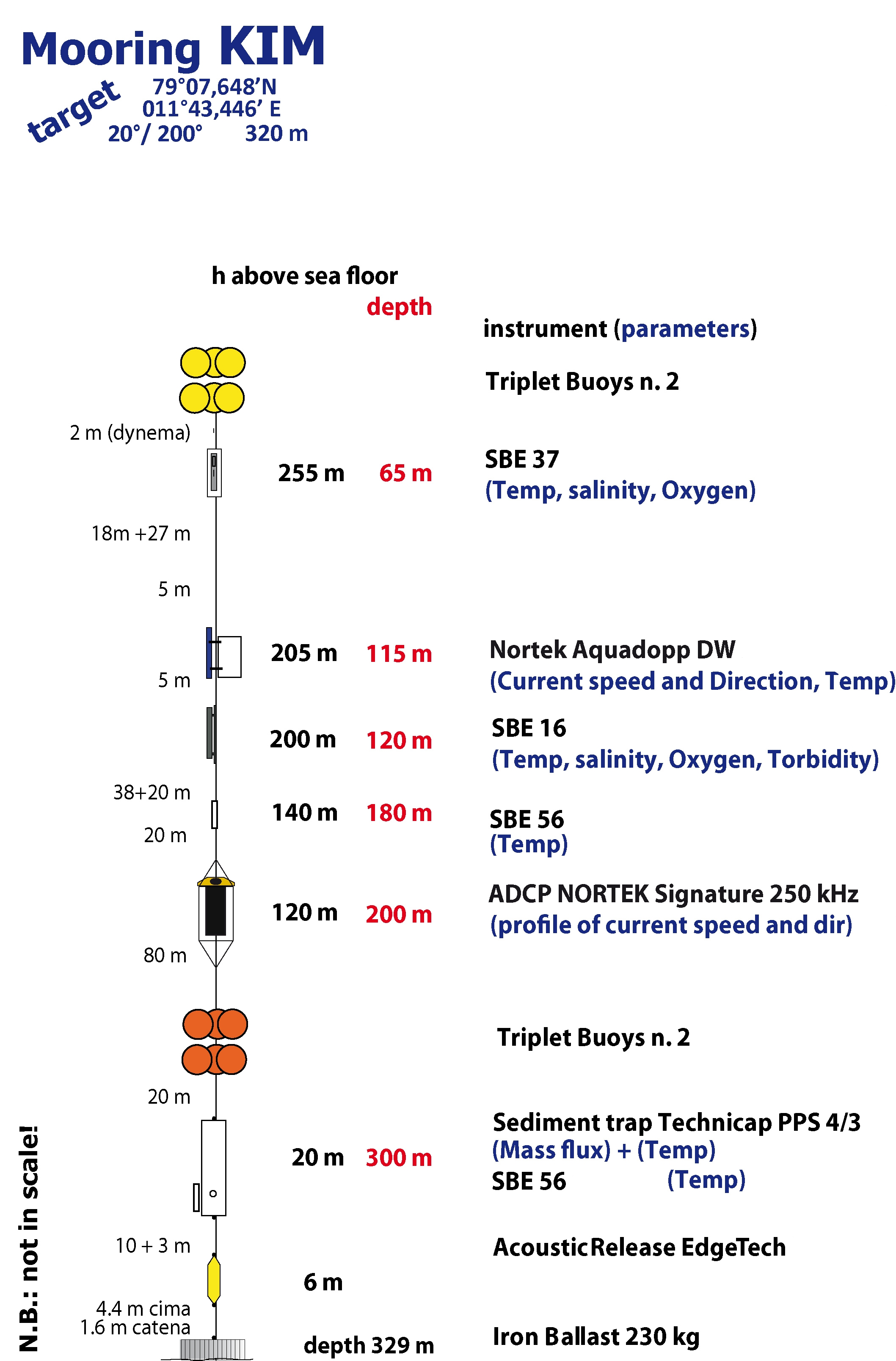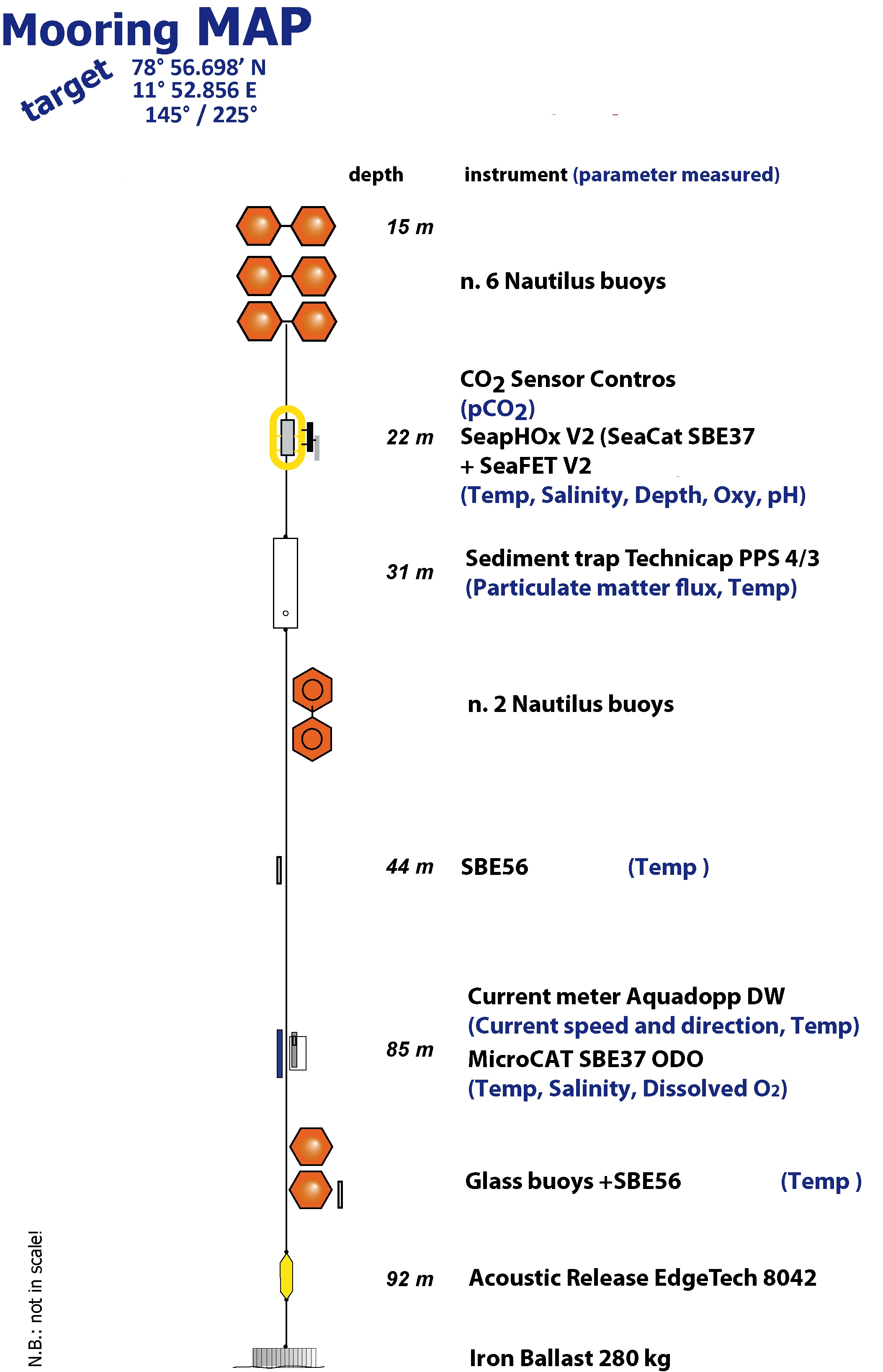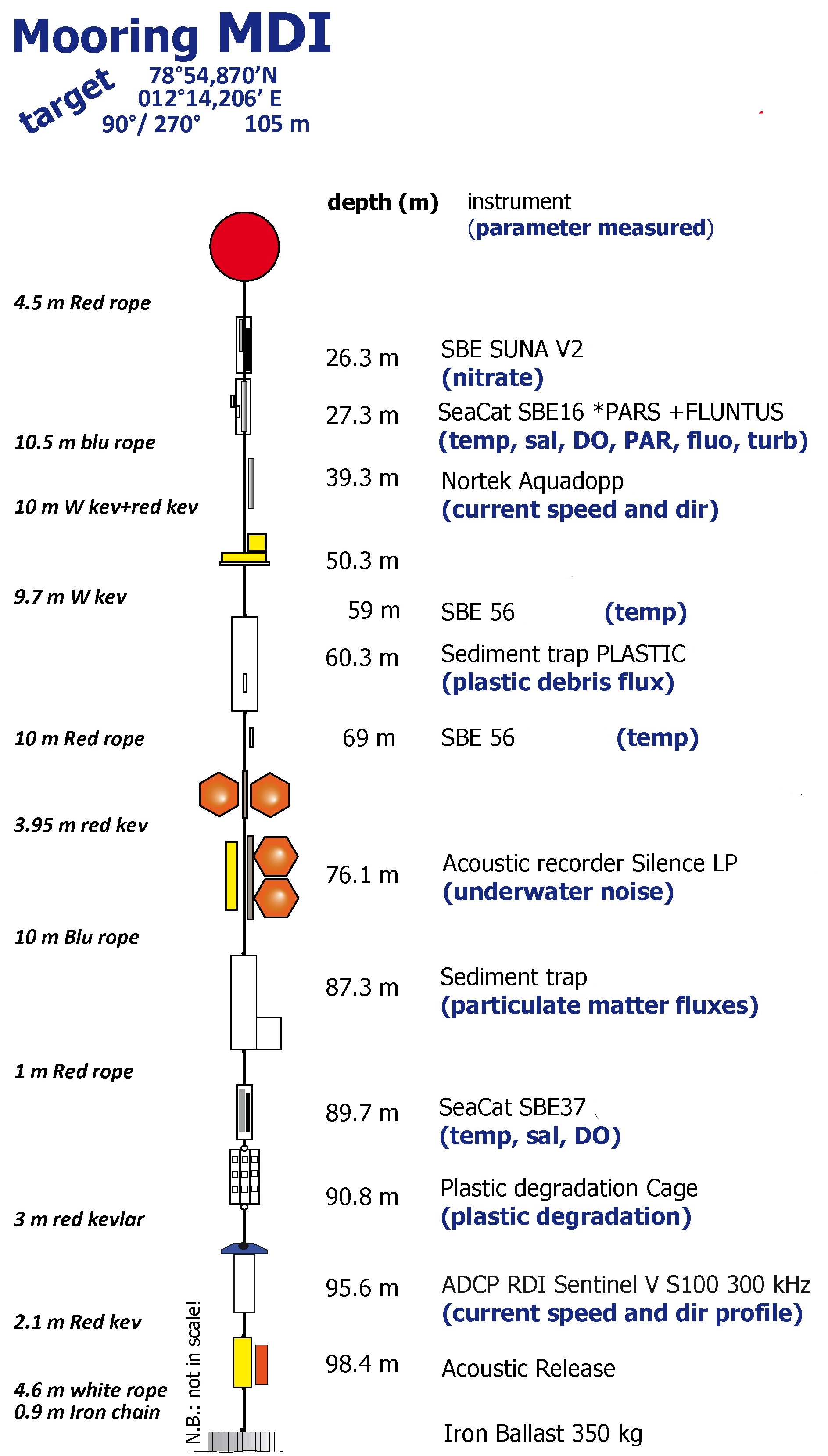Excel
Type of resources
Topics
Keywords
Contact for the resource
Provided by
Years
Formats
Representation types
Update frequencies
status
Scale
-

Arctic Present Climate Change and Past Extreme Events (ARCA) Tephra are volcanic particles that can be used as chrono-stratigraphic tool for correlating sedimentary archives once they have been identified. Marine sediments have been analyzed from the GS191-01 PC core recovered during the PREPARED CRUISE 2014 in the Arctic Sea (western of Svalbard Islands). Some of these samples resulted positive and geochemical analyses will be perfomed to determine the volcanic source and establish possible correlations with known eruptions.
-

Monitoring of Aerosol: Short and Long range source areas related to Climate Change (MAShLoCC) During the Arctic campaign 2010, an atmospheric aerosol sampling at the Gruvebadet observatory has been carried out in order to obtain information about the formation and composition of atmospheric aerosol, transport processes toward the Arctic zone as well as local and remote source areas. Instrument : ICP-SFMS, IRMS, Orbitrap
-

The Krossfjord Italian Mooring (KIM), operated by the Institute of Polar Sciences of the National Research Council (CNR), has been active in the Krossfjord of the Svalbard archipelago since September 9, 2020. The mooring line is equipped with various instruments placed at depths ranging from 65 to 300 meters in the water column. These instruments collect a wide range of physical and biogeochemical Essential Ocean Variables, including seawater pressure, temperature, conductivity, currents, dissolved oxygen concentration, turbidity, particle fluxes and ocean sound. This activity is part of the SIOS (Svalbard Integrated Arctic Earth Observing System), designed to monitor the impacts of climate change, such as the rapid loss of sea ice cover, the retreat of local glaciers, and the Atlantification of Arctic seas. Time series acquisition is ongoing and will continue, supported by the integration of this infrastructure into the Italian Marine Data Portal, developed under the ITINERIS PNRR project. This project also funds the enhancement of the research infrastructure with new sensors to improve measurement resolution, expand the number of EOVs measured, and support the continuous collection of long-term data. These efforts will further deepen our understanding of the observed environmental changes.
-

ISotopic and physical-chemical MOnitoring of GLACial drainages and sea water in the Ny-Ålesund area (Svalbard) The data are related to in-situ measurements of the physical-chemical parameters (temperature, electrical conductivity, pH, alkalinity), performed by portable device during summer period, starting from the higher sector of the glaciers (Midtre Lovenbreen, Austre broggerbreen, Vestre Broggerbreen, Kongsvegen, Pedersenbreen), where the first melt water is encountered, continuing towards the glaciers terminus, both laterally and centrally, and downstream, on the proglacial rivers, up to the sea.
-

ISotopic and physical-chemical MOnitoring of GLACial drainages and sea water in the Ny-Ålesund area (Svalbard) (ISMOGLAC) Sampling and in-situ measurements on snow and water, performed into both Kongsfjorden and glacial streams that originate in supraglacial, englacial and subglacial zones of different glaciers (Midtre Lovenbreen, Austre broggerbreen, Vestre Broggerbreen, Kongsvegen). Dataset concerns water isotopes signature of snow and Kongsfjorden water and physical-chemical data of the latter.
-

ISotopic and physical-chemical MOnitoring of GLACial drainages and sea water in the Ny-Ålesund area (Svalbard) The dataset includes vertical profiles of physical-chemical performed on-site in different sites along the fjord in Kongsfjorden.
-

The Aldo Pontremoli Mooring (MAP), operated by the Institute of Polar Sciences of the National Research Council (CNR), has been active in the Kongsfjord, located in the Svalbard archipelago, since September 11, 2020. It is situated near the mouth of Bayelva River mouth and is influenced by land terminating glaciers and the release of permafrost. Currently, the mooring line is equipped with various instruments positioned at depths ranging from 22 to 97 meters within the water column. These instruments collect a wide array of physical and biogeochemical Essential Ocean Variables, including seawater pressure, temperature, conductivity, salinity, currents, dissolved oxygen concentration, pH, particle fluxes and dissolved carbon dioxide concentration. This activity is part of the Svalbard Integrated Arctic Earth Observing System (SIOS), which aims to monitor the impacts of climate change, such as the rapid loss of sea ice cover, the retreat of local glaciers, and the Atlantification of Arctic seas. Time series acquisition is ongoing and will continue, supported by funding from JRA ENI-CNR. The project's goal is to analyse the environmental feeback related to the material released into the marine environment due to permafrost melting. Reactivated permafrost can have significant consequences for both climate and the environment by contributing to the release of greenhouse gases into the atmosphere and pollutants into aquatic ecosystems.
-

The Mooring Dirigibile Italia (MDI), operated by the Institute of Polar Sciences of the National Research Council (CNR), has been active in the Kongsfjord of the Svalbard archipelago since September 9, 2010. The mooring line is equipped with various instruments placed at depths ranging from 30 to 90 meters in the water column. These instruments collect a wide range of physical and biogeochemical Essential Ocean Variables, including seawater pressure, temperature, conductivity, currents, dissolved oxygen concentration, PAR, fluorescence, turbidity, particle fluxes, nutrients, and ocean sound. This activity is part of the SIOS (Svalbard Integrated Arctic Earth Observing System), designed to monitor the impacts of climate change, such as the rapid loss of sea ice cover, the retreat of local glaciers, and the Atlantification of Arctic seas. Time series acquisition is ongoing and will continue, supported by the integration of this infrastructure into the Italian Marine Data Portal, developed under the ITINERIS PNRR project. This project also funds the enhancement of the research infrastructure with new sensors to improve measurement resolution, expand the number of EOVs measured, and support the continuous collection of long-term data. These efforts will further deepen our understanding of the observed environmental changes.
-

Time series of marine particles fluxes and its compositions (Time and spatial scale: 15-90 days, fixed depth 83 m, 17 m above bottom). Flux of total mass, TMF, (g m-2 day-1) - Organic Carbon, OC, (per cent) - Calcium carbonate,CaCO3, (per cent) - Biogenic silica, Opal, (per cent) - Lithogenic material, Litho, (per cent) - Delta 13C, d13C, (per mil)